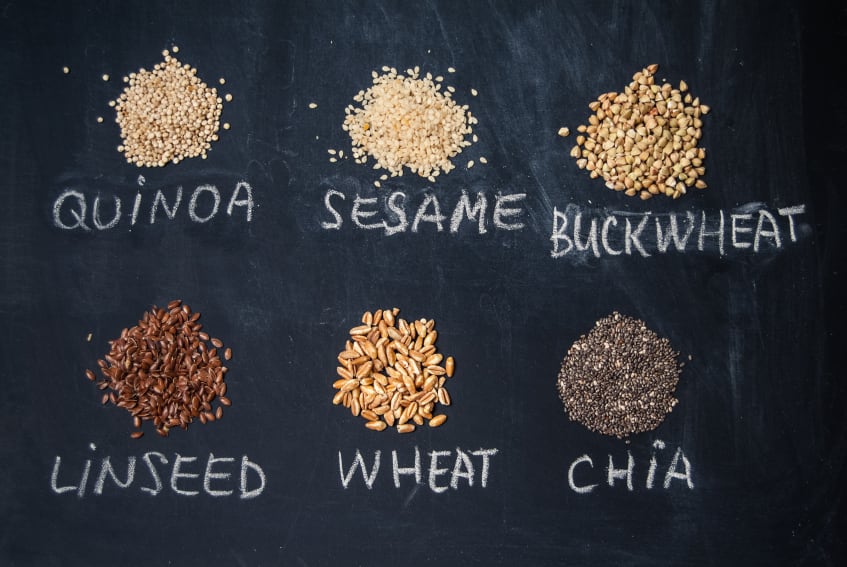This genetic analysis is a welcome addition to the small body of data that details genomic information of important food sources that includes pulses like the common bean (P. vulgaris).
In determining the complete genome sequence of the common bean, the researchers also believe both traditional and biotechnological approaches to agriculture will be improved.
This will result in additional nutritional benefits of pulses as part of sustainable food production aimed towards food security and nutrition, they say.
Study details

The study, which appears in the journal Genome Biology, involved a team of scientists from Spain, Argentina, Brazil, and Mexico working on the common bean’s Mesoamerican breeding line BAT93.
They were able to compile a rundown of certain genetic information expressed from the genes of the different bean organs and tissues that lead to the plant’s development.
By taking an evolutionary and genomic approach, the researchers were then able to assess the past and recent evolution of the common bean, and could trace the diversification of patterns of gene expression following duplication.
“We find that successive rounds of gene duplications in legumes have shaped tissue and developmental expression, leading to increased levels of specialisation in larger gene families,” the researchers noted.
“We also find that many long non-coding [ribonucleic acid] RNAs are preferentially expressed in germ-line-related tissues (pods and seeds), suggesting that they play a significant role in fruit development.”
The results also suggested that most bean-specific gene family expansions, including resistance gene clusters, predate the split of the Mesoamerican and Andean gene pools.
The genomic data generated in this study may well provide an invaluable resource in understanding the biology and evolution of the Mesoamerican common bean, offering new tools and methodologies to generate superior varieties.
Seed’s high protein content

The researchers pointed towards the high protein content of the common bean’s seeds commenting on the complexities in coordinating the expression and regulation of several genes in order to produce a superior fruit.
“Our results show that the changes occurring during fruit development are enriched in genes related to nutrient reservoir activity, DNA replication, and cell cycle, processes,” the researchers said.
“We present data on a Mesoamerican variety of common bean, which will serve as important resources for breeders and for understanding the domestication process in this important crop,” they concluded.
The results comparing two independently domesticated lineages suggest that most bean-specific gene family expansions, including those involving resistance genes, predate the split of the Mesoamerican and Andean gene pools and thus predate domestication.
“This suggests the possibility that key pre-existing adaptations may have facilitated domestication of certain species,” the study theorised.
According to studies by the Food and Agriculture Organisation (FAO), the common bean is the most important food pulses, representing 50% of the legume grains consumed in the world, paramount in the diet of more than 500 million people.
This crop is produced in Latin America, Africa, the Middle East, China, Europe, USA and Canada. The United Nations has designated 2016 as the International Year of pulses to heighten public awareness of the nutritional benefits of pulses.
Source: Genome Biology
Published online ahead of print, DOI: 10.1186/s13059-016-0883-6
“Genome and transcriptome analysis of the Mesoamerican common bean and the role of gene duplications in establishing tissue and temporal specialization of genes.”
Authors: Anna Vlasova et al.
